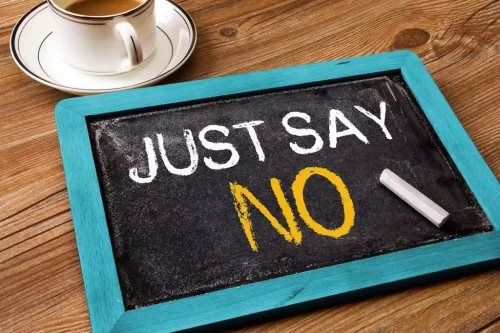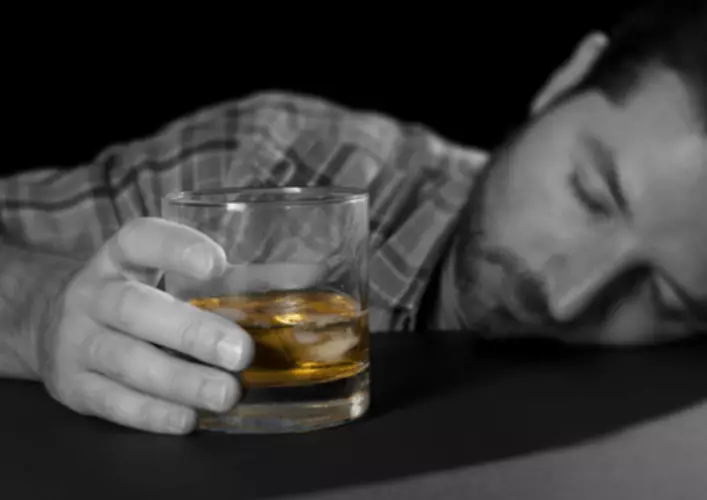The Abstinence Violation Effect Following Smoking Lapses and Temptations Cognitive Therapy and Research

Ultimately, individuals who are struggling with behavior change often find that making the initial change is not as difficult as maintaining behavior changes over time. Many therapies (both behavioral and pharmacological) have been developed to help individuals cease or reduce addictive behaviors and it is critical to refine strategies for helping individuals maintain treatment goals. As noted by McLellan [138] and others [124], it is imperative that policy makers support adoption of treatments that incorporate a continuing care approach, such that addictions treatment is considered from a chronic (rather than acute) care perspective. Broad implementation of a continuing care approach will require policy change at numerous levels, including the adoption of long-term patient-based and provider-based strategies and contingencies to optimize and sustain treatment outcomes [139,140].
- Social-cognitive and behavioral theories believe relapse begins before the person actually returns to substance abuse.
- Triggers include cravings, problematic thought patterns, and external cues or situations, all of which can contribute to increased self-efficacy (a sense of personal confidence, identity, and control) when properly managed.
- Most adults with SUD do not seek treatment because they do not wish to stop using substances, though many also recognize a need for help.
- John’s key responsibilities include maintaining the day-to-day operations from both a clinical and housing perspective.
- Compared to a control group, those who practiced self-control showed significantly longer time until relapse in the following month.
Drinking is different! Examining the role of locus of control for alcohol consumption
We used random-effects estimates in RevMan 5.3 (The Cochrane Collaboration, 2014) to account for potential heterogeneity among study interventions. Wherever possible, we pooled and analyzed study effects using random-effects meta-analyses that included statistical estimation of the degree of heterogeneity that was calculated using the Q value and I2 statistic. Mark’s key responsibilities include handling day-to-day maintenance matters and oversees our Environment of Care management plan in conjunction with Joint abstinence violation effect Commission and DCF regulations. Mark’s goal is to provide a safe environment where distractions are minimized, and treatment is the primary focus for clients and staff alike. Mark received a bachelor’s degree in Business Administration, with a minor in Economics from the University of Rhode Island. He is a licensed residential home inspector in the state of Florida and relates his unique experience of analyzing a property and/or housing condition to determining any necessary course of action at our facility.
Abstinence Violation Effect (AVE) What It Is & Relapse Prevention Strategies
However, despite findings that coping can prevent lapses there is scant evidence to show that skills-based interventions in fact lead to improved coping [75]. In the first study to examine relapse in relation to phasic changes in SE [46], researchers reported results that appear consistent with the dynamic model of relapse. During a smoking cessation attempt, participants reported on SE, negative affect and urges at random intervals. Findings indicated nonlinear relationships between SE and urges, such that momentary SE decreased linearly as urges increased but dropped abruptly as urges peaked.

Cognitive Factors in Addictive Processes

In this technique, the client is first taught to label internal sensations and cognitive preoccupations as an urge, and to foster an attitude of detachment from that urge. The focus is on identifying and accepting the urge, not acting on the urge or attempting to fight it4. Another factor that may occur is the Problem of Immediate Gratification where the client settles for shorter positive outcomes and does not consider larger long term adverse consequences when they lapse. This can https://ecosoberhouse.com/ be worked on by creating a decisional matrix where the pros and cons of continuing the behaviour versus abstaining are written down within both shorter and longer time frames and the therapist helps the client to identify unrealistic outcome expectancies5. The initial transgression of problem behaviour after a quit attempt is defined as a “lapse,” which could eventually lead to continued transgressions to a level that is similar to before quitting and is defined as a “relapse”.

The Abstinence Violation Effect is a psychological phenomenon that occurs when a person experiences relapse after attempting to abstain from drug or alcohol use. Additionally, the support of a solid social network and professional help can play a pivotal role. Encouragement and understanding from friends, family, or support groups can help individuals overcome the negative emotional aftermath of the AVE. Using a 19-item Cochrane-recommended checklist to assess study quality (Evers et al., 2005), studies were judged to be high quality.

Brie graduated as a high school valedictorian with a major in Health Technologies and continued her studies at Springfield Technical Community College with a focus on healthcare. She served in Operations and HR for a finance company for ten years, before returning to healthcare and eventually arriving at USR. Laurel, as the Director of Corporate Compliance for USR, is responsible for ensuring that the facility follows all federal and state regulatory requirements, accreditation standards and industry best practices. Laurel has over twenty years’ experience in legal and regulatory affairs in both the public and private sectors.
- John joined Amethyst as a behavioral health technician where he quickly developed strong personal relationships with the clients through support and guidance.
- The relationship between self-efficacy and relapse is possibly bidirectional, meaning that individuals who are more successful report greater self-efficacy and individuals who have lapsed report lower self-efficacy4.
- Although the magnitude was not as large, the average percentage of days on which participants were abstinent (PDA) tended to show an advantage in favor of AA/TSF interventions, especially in the more rigorous manualized RCTs compared to other active treatment orientations (e.g. CBT).
- The AVE occurs when the person attributes the cause of the initial lapse (the first violation of abstinence) to internal, stable, and global factors within (e.g., lack of willpower or the underlying addiction or disease).
- While there are multiple such intervention approaches for treating AUD with strong empirical support, we highlight a dearth of research testing models of harm reduction treatment for DUD.
